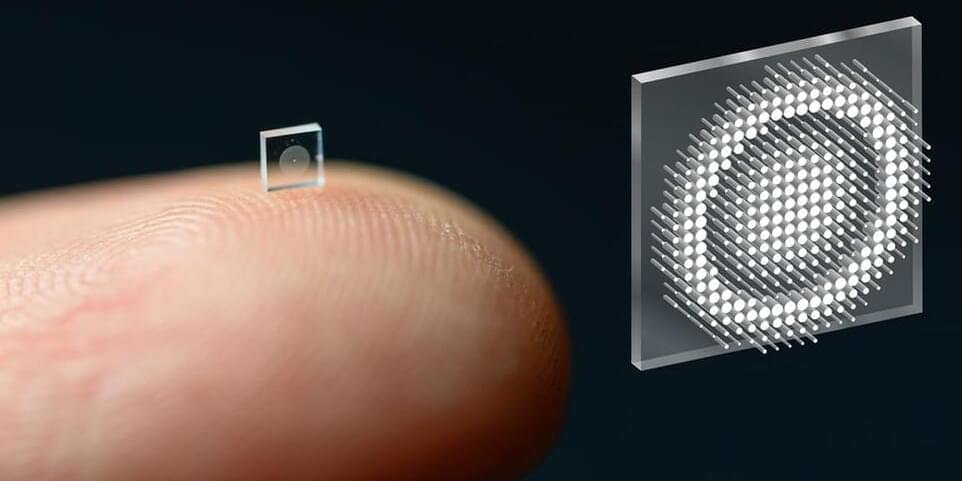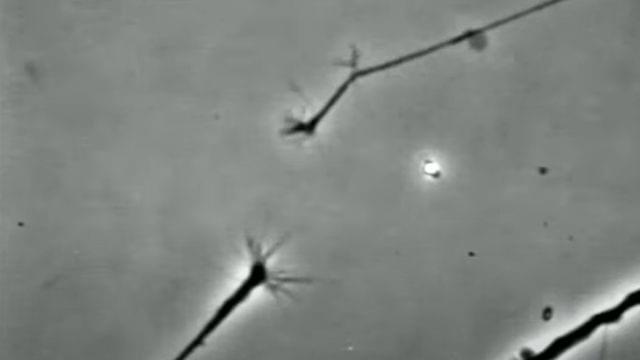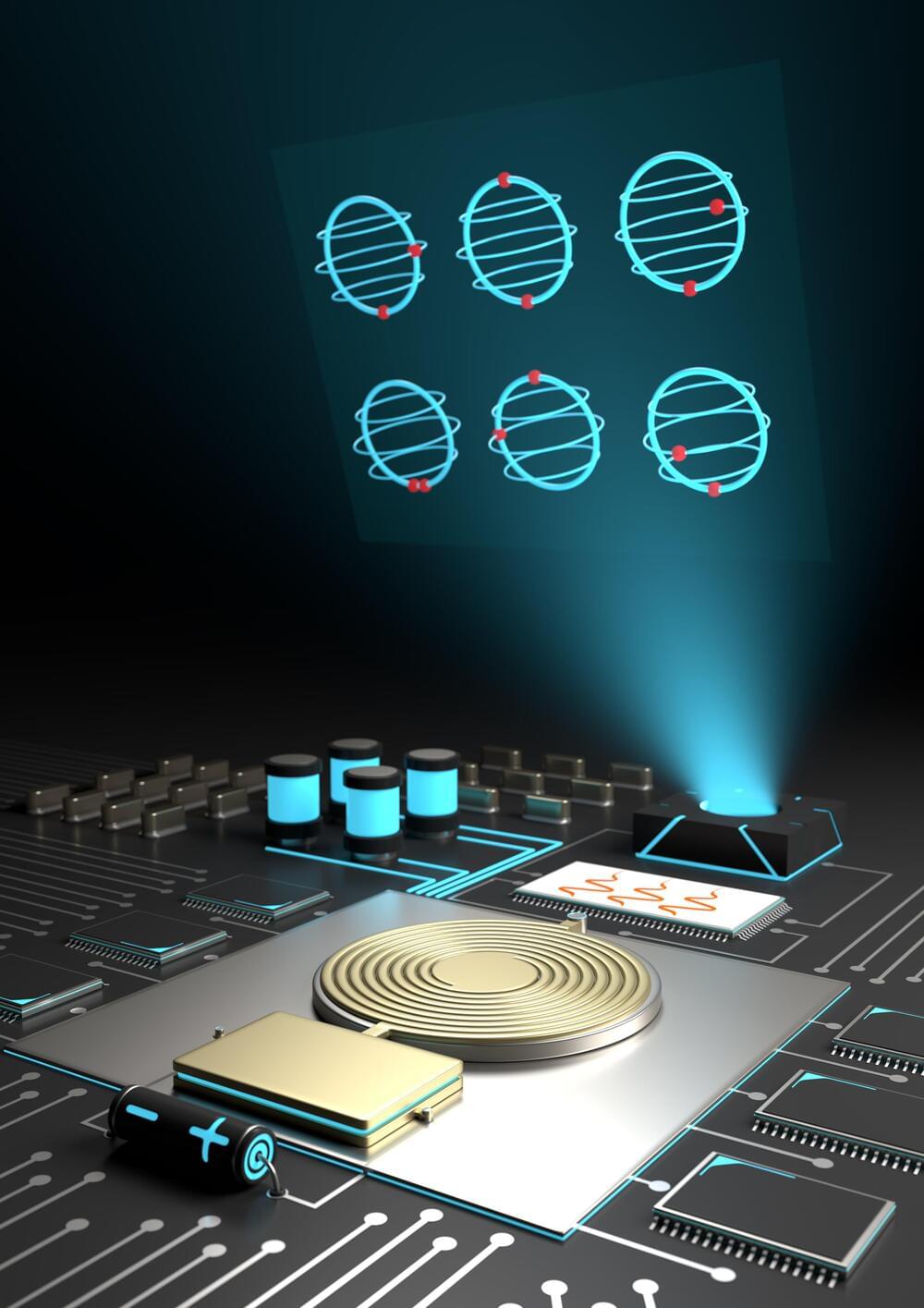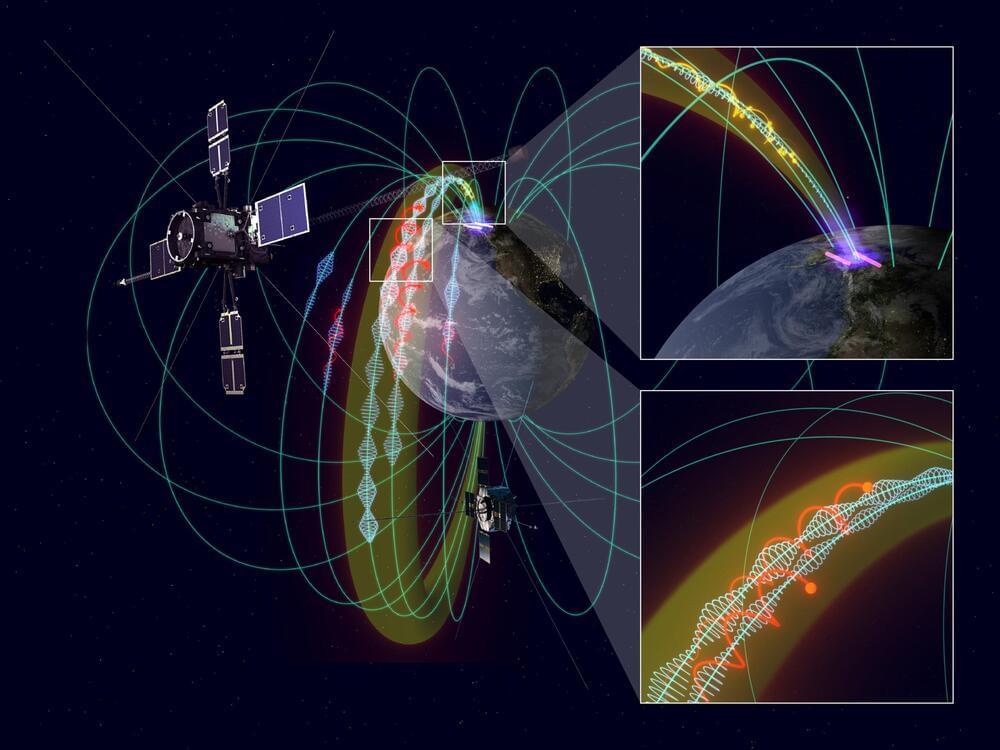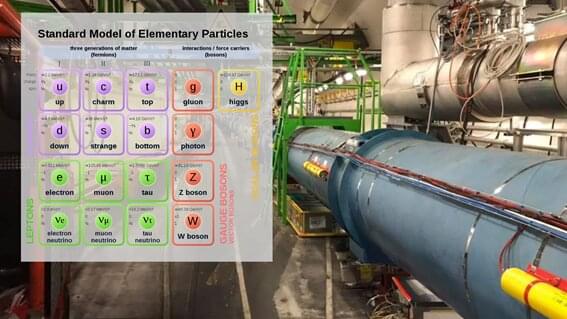Researchers have created a salt-grain sized micro camera capable of taking images almost on par with a regular camera.
In this video, Dr. Lila Landowski shares footage of two neurons connecting in a dish. Here’s what Lila had to say about the footage:
You’re watching two neurons that I saw under the microscope sensing one another and connecting.
There are 86 billion neurons in the brain — how do they know how to connect to other neurons or body parts when our bodies are developing?
IBM has announced a new type of Simulation Software which is meant to train Artificial Intelligence Robots interact with the real environment in a rapid and cost effective manner. This type of AI Model Training is potentially going to be the future of training going forward.
–
TIMESTAMPS:
00:00 A playground for Robots.
02:10 How these Virtual Worlds are made.
05:25 How Simulations improve Artificial Intelligence.
09:06 Last Words.
–
#ai #simulation #elonmusk
The all-in-one POGO Automatic glucose meter from Intuity Medical is finally available to people with diabetes in the United States.
Researchers in Finland have developed a circuit that produces the high-quality microwave signals required to control quantum computers while operating at temperatures near absolute zero. This is a key step towards moving the control system closer to the quantum processor, which may make it possible to greatly increase the number of qubits in the processor.
One of the factors limiting the size of quantum computers is the mechanism used to control the qubits in quantum processors. This is normally accomplished using a series of microwave pulses, and because quantum processors operate at temperatures near absolute zero, the control pulses are normally brought into the cooled environment via broadband cables from room temperature.
As the number of qubits grows, so does the number of cables needed. This limits the potential size of a quantum processor, because the refrigerators cooling the qubits would have to become larger to accommodate more and more cables while also working harder to cool them down—ultimately a losing proposition.
When the perception of bodily self-consciousness is distorted… See more.
Summary: When the perception of bodily self-consciousness is distorted, the recovery of body ownership can be predicted by different kinds of memories.
Source: University of Tsukuba
Scientists and philosophers have pondered the nature of consciousness for centuries. But now, researchers from Japan have uncovered new information that challenges previous theories about the relationship between two elements of consciousness.
In a study published this month in iScience, researchers from the University of Tsukuba have revealed that when the perception of bodily self-consciousness is distorted, the recovery of body ownership can be predicted by different kinds of memories.
A new “common-sense” approach to computer vision enables artificial intelligence that interprets scenes more accurately than other systems do.
Computer vision systems sometimes make inferences about a scene that fly in the face of common sense. For example, if a robot were processing a scene of a dinner table, it might completely ignore a bowl that is visible to any human observer, estimate that a plate is floating above the table, or misperceive a fork to be penetrating a bowl rather than leaning against it.
Move that computer vision system to a self-driving car and the stakes become much higher — for example, such systems have failed to detect emergency vehicles and pedestrians crossing the street.
A maze is a popular device among psychologists to assess the learning capacity of mice or rats. But how about robots? Can they learn to successfully navigate the twists and turns of a labyrinth? Now, researchers at the Eindhoven University of Technology (TU/e) in the Netherlands and the Max Planck Institute for Polymer Research in Mainz, Germany, have proven they can. Their robot bases its decisions on the very system humans use to think and act: the brain. The study, which was published in Science Advances, paves the way to exciting new applications of neuromorphic devices in health and beyond.
Machine learning and neural networks have become all the rage in recent years, and quite understandably so, considering their many successes in image recognition, medical diagnosis, e-commerce and many other fields. Still though, this software-based approach to machine intelligence has its drawbacks, not least because it consumes so.
Using data on electromagnetic (EM) waves and plasma particles measured simultaneously via multiple satellites, an international collaborative research group has discovered the existence of invisible “propagation path” of EM waves and elucidated the mechanism by which EM waves propagate to the ground.
It is known that various kinds of EM waves occur naturally in geospace and cause variations in the plasma environment that surrounds the Earth via a physical process known as wave–particle interaction. In particular, when geospace storms occur due to disturbances of sun and solar wind, EM waves become more active, and variations of geospace environment sometimes, may cause damage to spacecrafts, expose astronauts to radiation, and cause terrestrial power grid failures. To understand variation in the plasma environment caused by EM waves in space, in-situ measurement has been performed in space using spacecrafts, such as the Japanese geospace satellite Arase.
As EM waves in space propagate far away from their origin, to correctly understand the effects of EM waves, it is crucial to understand where in space the EM waves are generated and how they are propagated. However, it has been difficult to unravel the origin of EM waves and the mysteries of how EM waves spread spatially using only single-point observation. “Electromagnetic ion cyclotron waves (EMIC waves),” which are the focus of this study, are an important class of EM wave in geospace that control variations in the geospace plasma environment. The source region of ion mode waves has a finite spatial extent, and generated EMIC waves are considered to propagate north to south along the geomagnetic field lines. The specific spatial size of the EMIC wave source region and the 3D aspect of how the propagation path is formed from space to ground are yet to be elucidated.
The hunt is on for leptoquarks, particles beyond the limits of the standard model of particle physics —the best description we have so far of the physics that governs the forces of the Universe and its particles. These hypothetical particles could prove useful in explaining experimental and theoretical anomalies observed at particle accelerators such as the Large Hadron Collider (LHC) and could help to unify theories of physics beyond the standard model, if researchers could just spot them.
A new paper published in Nuclear Physics B by Anirban Karan, Priyotosh Bandyopadhyay, and Saunak Dutta, of the Indian Institute of Technology Hyderabad, Kandi, together with Mahesh Jakkapu, Graduate University for Advanced Studies (SOKENDAI), Kanagawa, Japan, examines the potential signatures of leptoquarks at the LHC to see how they could arise from proton-proton collisions for the possible mass ranges of these particles.
The main objective of this research is how to distinguish the signatures of different leptoquarks at proton-proton colliders like LHC or its proposed successor, Karan says.
